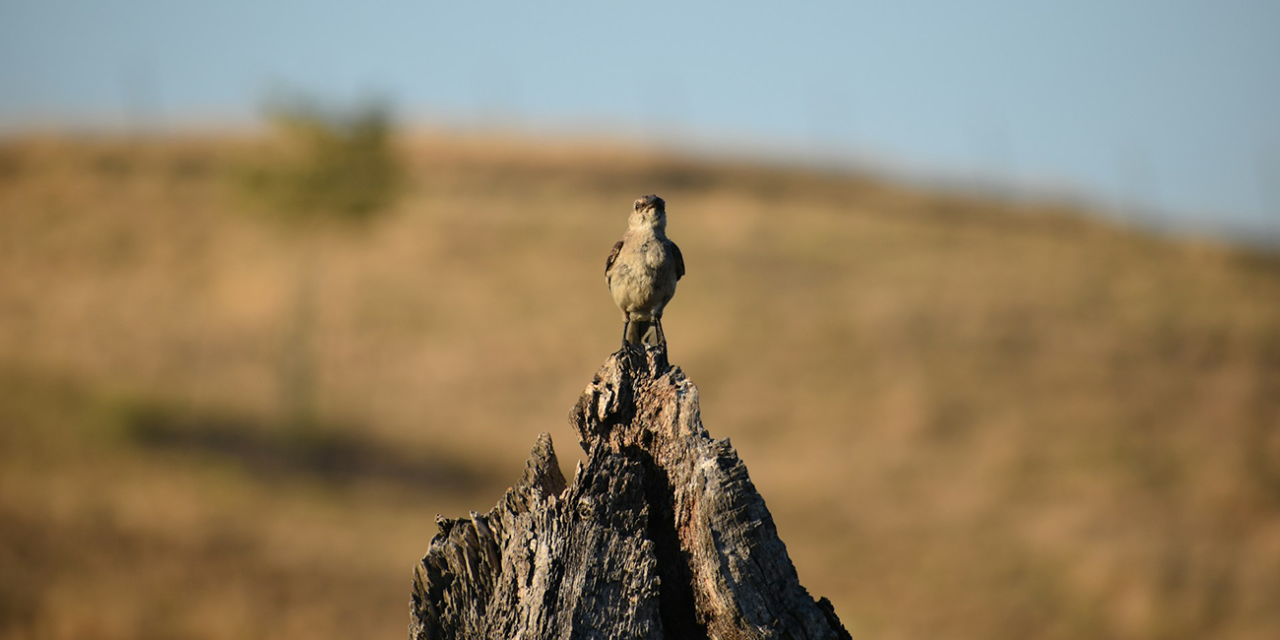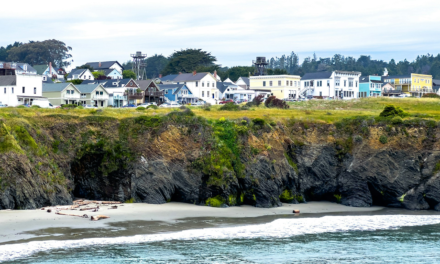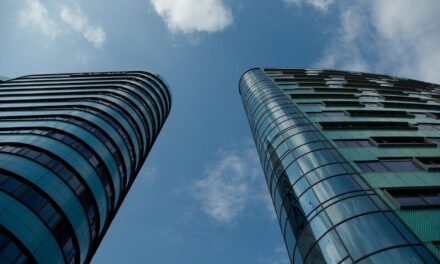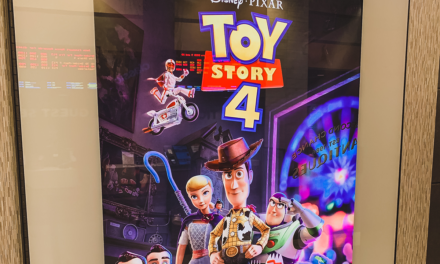Welcome to the historical lineage of Vacaville, California, a city with a unique story that unfolds across generations.
Nestled in Solano County, Vacaville’s past is a vivid timeline of indigenous culture, agricultural innovation, and modern transformation.
Table of Contents
Early Beginnings: The Indigenous and Spanish Era
The Patwin Legacy
- Long before European settlers arrived, the Patwin Native Americans shaped the region with their rich cultural and spiritual traditions.
- They lived in harmony with the land, utilizing its resources wisely and maintaining a deep connection to nature.
Spanish Influence
- The Spanish era introduced ranchos, altering the landscape and setting the stage for agricultural development.
- This period left an indelible mark on the region’s cultural and physical geography, laying the groundwork for future growth.
The contributions of the Patwin people and the Spanish influence provided a strong cultural and agricultural foundation for Vacaville, which would evolve significantly in the following centuries.
The Gold Rush and Agricultural Development
Gold Rush Impact
- The 1849 Gold Rush, while centered in the Sierra Nevada, significantly impacted Vacaville.
- The city became a vital supplier to the mining areas, marking its foray into large-scale agriculture.
- This period saw an influx of settlers and increased demand for agricultural products.
The Orchard Era
- Post-Gold Rush, Vacaville blossomed into an agricultural hub renowned for its fruit orchards.
- This era shaped its economic identity, with farming becoming the lifeblood of the community.
- Orchards flourished, and the city became known for its high-quality produce.
The Gold Rush and subsequent agricultural boom cemented Vacaville’s role as a key player in California’s farming industry, setting the stage for further growth and development.
Twentieth Century: Growth and Change
Cityhood and Infrastructure
- Officially becoming a city in 1892, Vacaville embarked on a journey of urban development, laying down the infrastructure for its future growth.
- Roads, schools, and public services expanded, supporting the city’s growing population.
The Arrival of Travis Air Force Base
- The establishment of Travis Air Force Base in the 1940s marked a new chapter in Vacaville’s history, bringing demographic shifts and economic diversification.
- The base played a crucial role during World War II and continues to be a significant economic driver for the region.
The 20th century brought about transformative changes in Vacaville, as it transitioned from a primarily agricultural community to a more diversified and urbanized city.
Cultural Dynamics and Heritage Preservation
Community Festivals
- Celebrated for its vibrant community events like the Fiesta Days, Vacaville reflects a melting pot of cultures, traditions, and community spirit.
- These festivals celebrate the city’s diverse heritage and foster a strong sense of community.
Historical Landmarks
- Landmarks like the Pena Adobe showcase the city’s commitment to preserving its past.
- These sites act as windows into Vacaville’s storied history, offering educational and cultural insights to residents and visitors alike.
The cultural and historical preservation efforts in Vacaville help maintain its unique identity and ensure that its rich heritage is not forgotten.
Contemporary Vacaville: Embracing the Future
Diverse Economy
- Today, Vacaville’s economy extends beyond its agricultural roots, embracing sectors like biotechnology and retail, showcasing its adaptability and resilience.
- The city has successfully attracted new industries, contributing to its economic growth and stability.
Sustainable Development
- As Vacaville grows, it prioritizes sustainable urban planning, striving to balance development with environmental stewardship.
- Initiatives to protect natural resources and promote green practices are at the forefront of the city’s agenda.
Vacaville’s commitment to sustainable development and economic diversification positions it well for future growth, ensuring a balanced and prosperous community.
Q&A: Exploring Vacaville’s Historical Layers
Q: How have the Patwin Native Americans influenced Vacaville’s early history?
A: The Patwin people’s deep connection with the land and resourceful living significantly influenced the region’s early cultural and environmental landscape.
Q: What role did agriculture play in Vacaville’s development post-Gold Rush?
A: Agriculture, especially fruit farming, became the cornerstone of Vacaville’s economy, establishing it as a vital supplier to the surrounding regions.
Q: How did Travis Air Force Base change Vacaville?
A: The base’s presence propelled economic growth, technological advancements, and a demographic shift, contributing to Vacaville’s modern character.
Q: What steps has Vacaville taken to preserve its historical heritage?
A: Vacaville actively preserves historical sites through restoration, educational initiatives, and community-driven conservation projects.
Q: How does Vacaville balance economic growth with sustainability?
A: Through forward-thinking urban planning, environmental stewardship initiatives, and community engagement, Vacaville maintains a balance between progress and sustainability.
Q: What future developments are expected in Vacaville?
A: Future developments are anticipated to focus on enhancing the business landscape, improving public amenities, and reinforcing sustainable living practices.
These answers provide deeper insights into how Vacaville’s historical and cultural heritage influences its present and future trajectory, ensuring that its unique character is preserved as it continues to grow.
Vacaville’s Evolving Legacy
As we explore Vacaville’s past, we see a city that has continuously adapted and thrived.
From its indigenous roots to its agricultural dominance and modern-day diversification, Vacaville stands as a testament to resilience and growth. Its journey offers lessons in community building, cultural richness, and sustainable development. As Vacaville steps into the future, it holds onto its rich heritage while embracing new opportunities and challenges.
How will this city continue to evolve, and what legacy will it create for future generations?
The story of Vacaville is far from over; it’s a city always moving forward, with its history as a guiding light.





